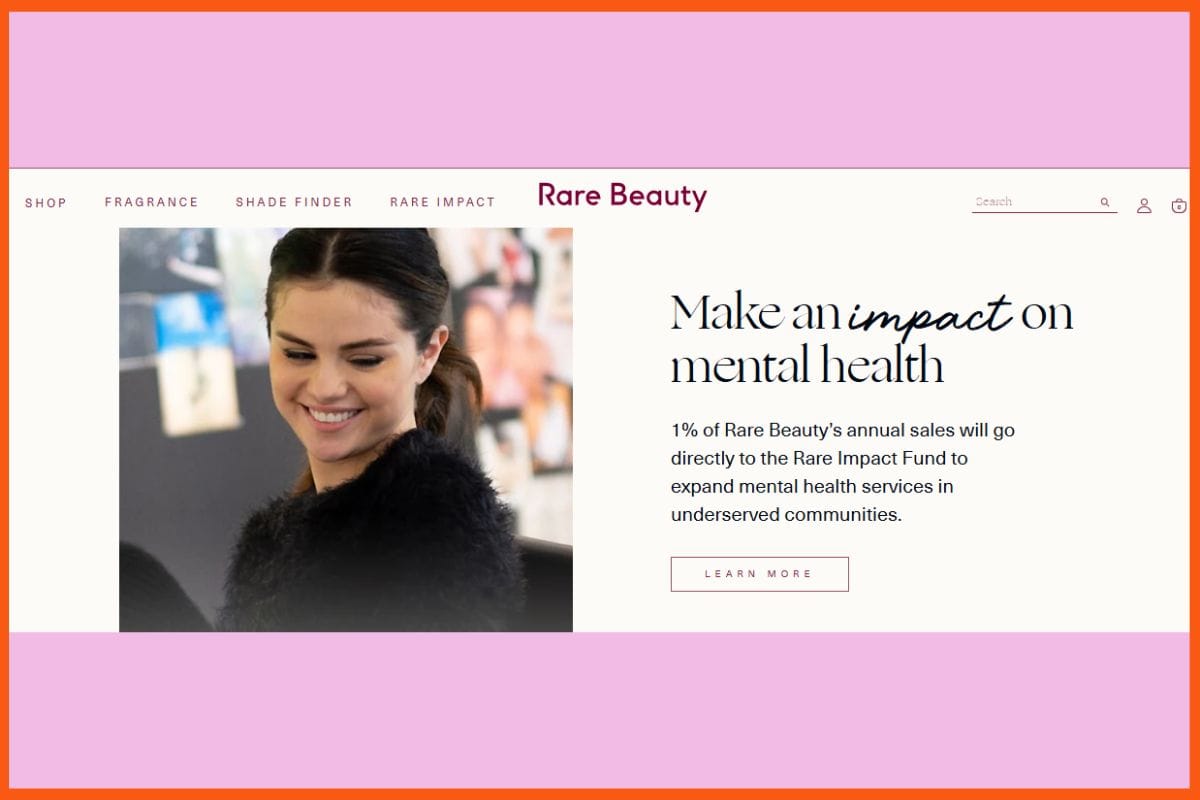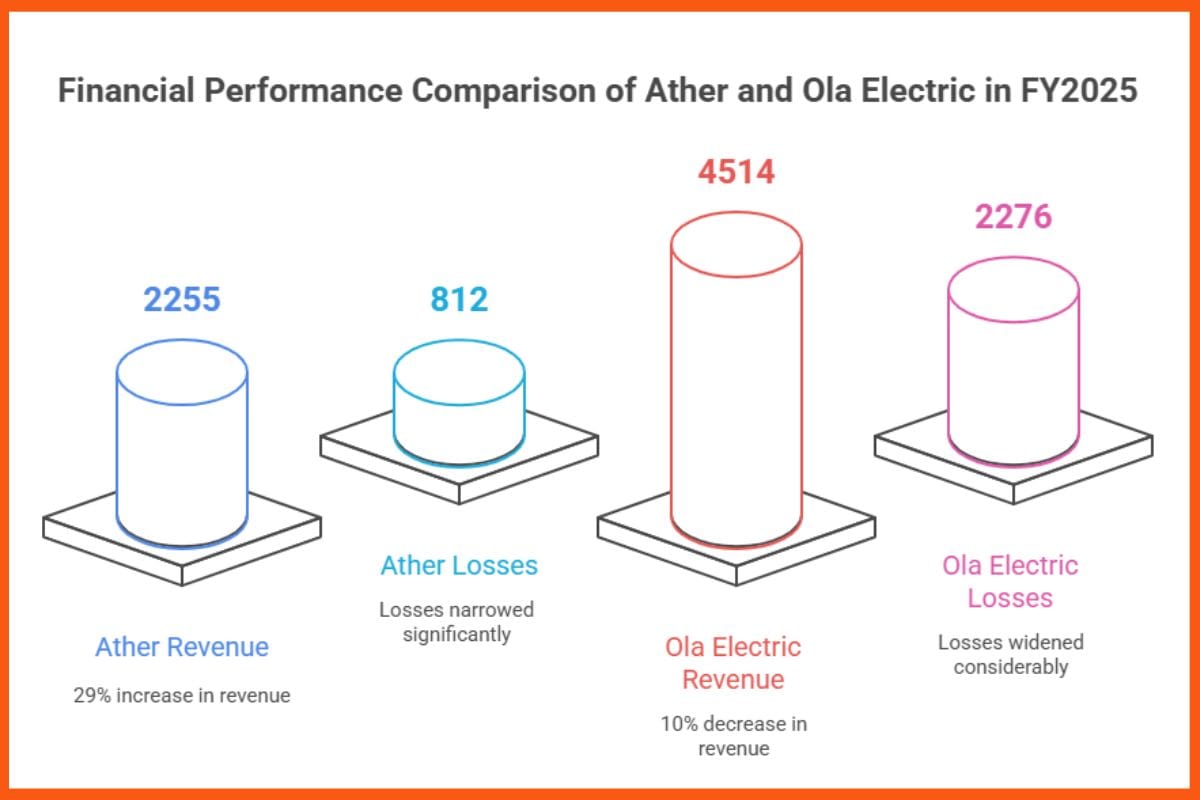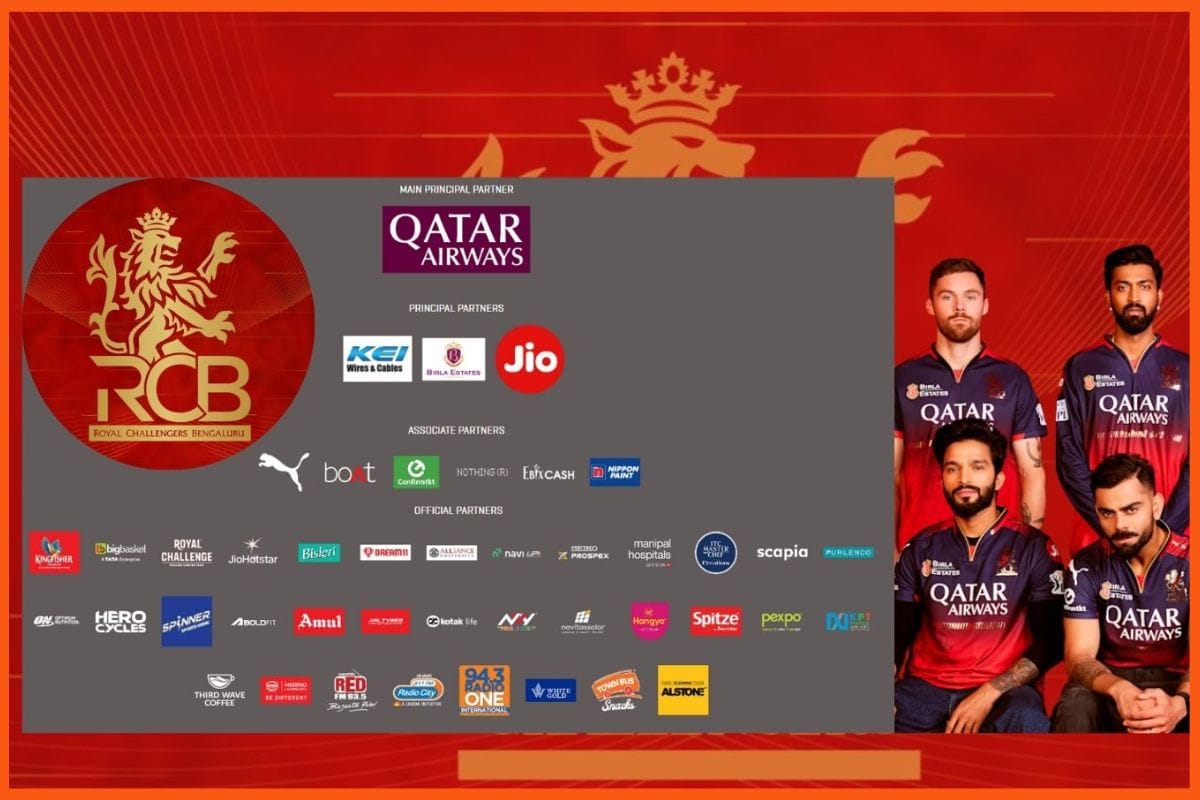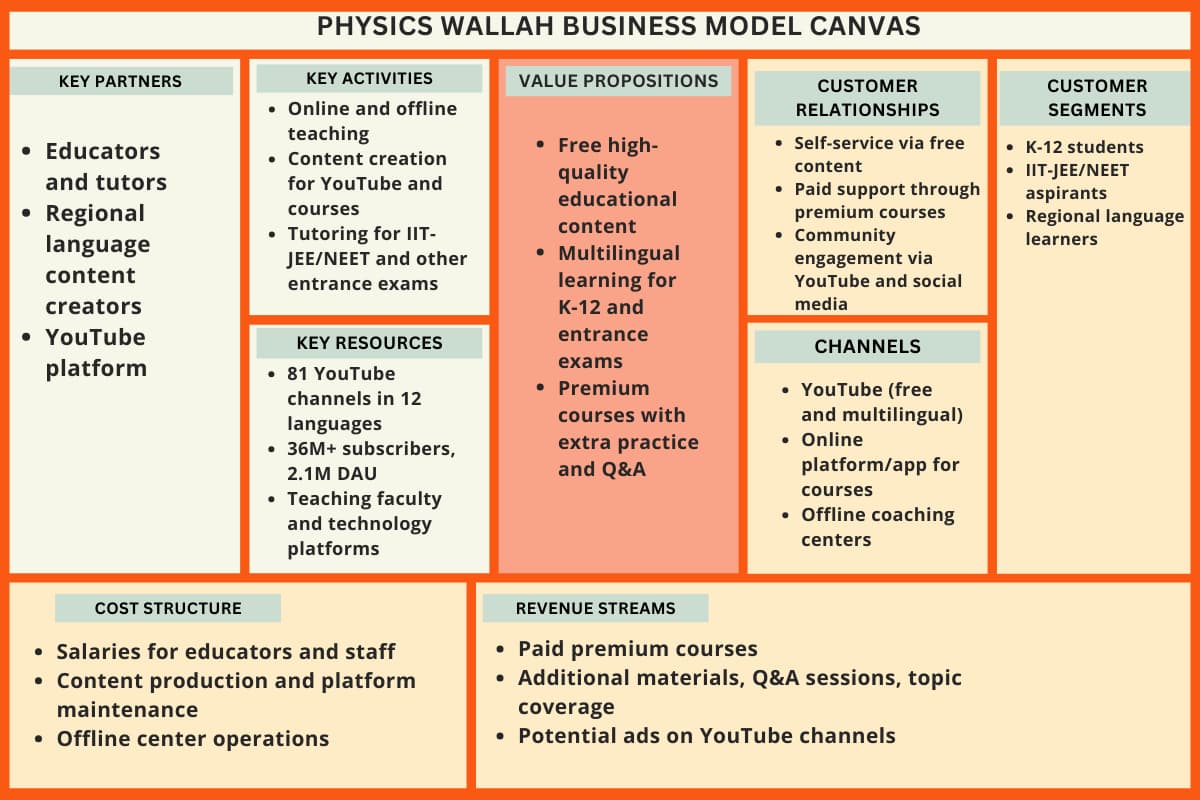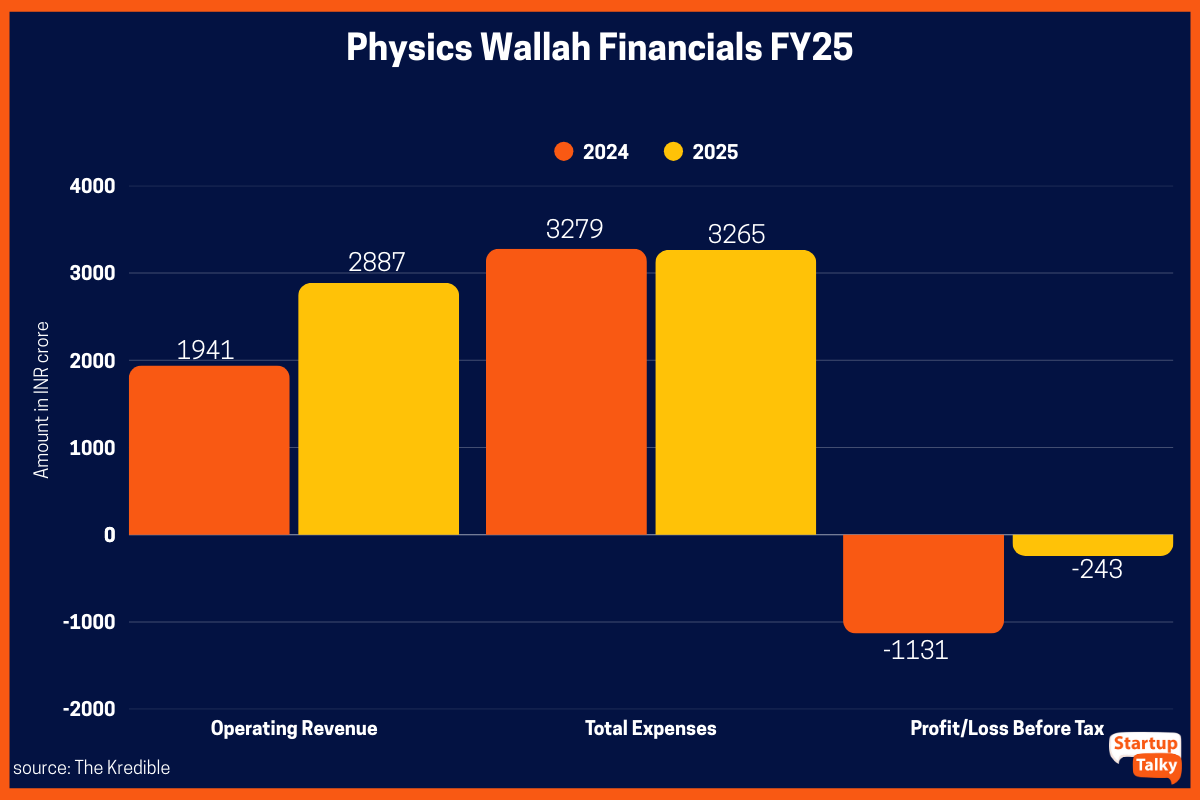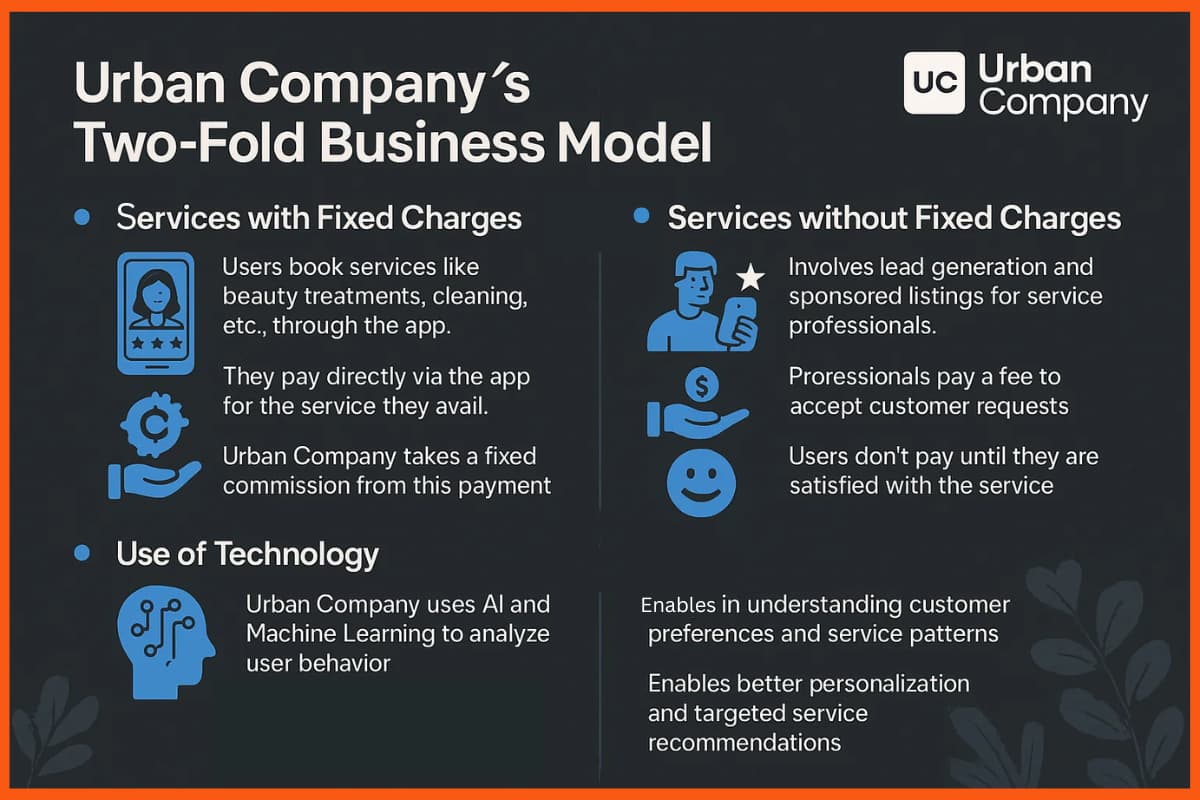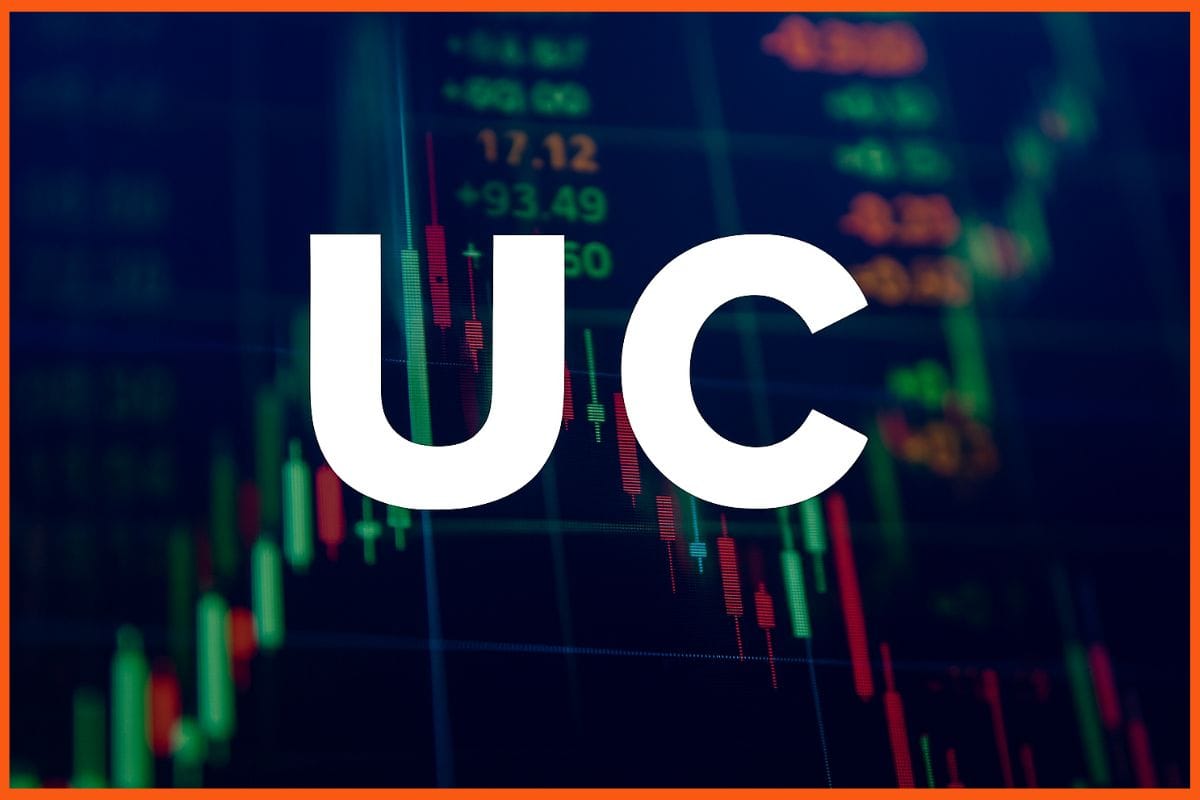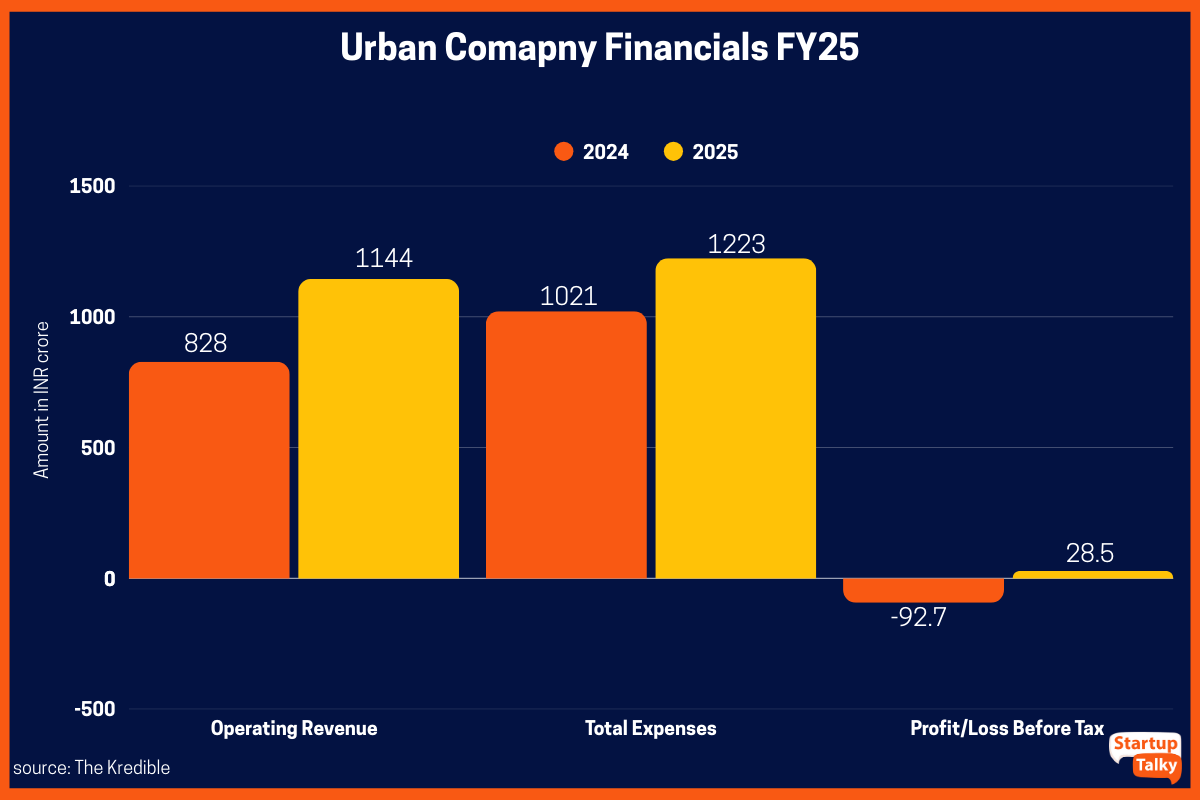For shopping lovers, the day after Thanksgiving is known to be bliss. It is the day of Black Friday.
Black Friday is known as the Friday after Thanksgiving. The term was coined by the police services to describe the chaos surrounding the pedestrians and auto traffic in the downtown shopping area. Black Friday is known to be a busy shopping day.
Another reason why the day is known as Black Friday is that it is known as the unofficial start of the shopping season for the holidays. The stores and apps of all brands come with blockbuster sales with early bird specials to attract customers to shop.
Black Friday 2024 broke records for online shopping. U.S. shoppers spent about $10.8 billion online, up 10.2% from the year before. Mobile phones played a big role in this growth. During the whole holiday season, people spent $241.1 billion, which was 8.6% more than in 2023. The most popular items were jewelry, electronics, and clothes.

If you want to grab the best Black Friday deals in India, here are several tips to help you.
1. Keep Your Notifications Turned On
2. Compare Prices
3. Take Advantage of Loyalty Programs
4. Look Out for the Best Black Friday Deals Online
5. Don’t Forget to Take Your Coupons While Shopping
6. Don’t Overspend
7. Create a Black Friday Shopping List
8. Sign Up for Newsletters
9. Follow Brands for Upcoming Black Friday Sales on Social Media
10. Apps and Extensions, Your Black Friday Deal Guides
11. Decide on One Reliable Payment Option
12. Use Cashback and Reward Programs
13. Make Sure to Check the Return Policies
14. Watch Out for Scams
15. Create a Wishlist
16. Check for Coupon Codes
1. Keep Your Notifications Turned On
It is the time to scroll through the brand’s pages as well as the ads. The brands not only showcase the sale going on Black Friday but also distribute coupons and offers at the same time.
To get the best Black Friday India deals, turn on the notifications and the alerts of the apps and brand’s pages. Also, check out the newspapers, magazines, and apps to check out the stores where you can walk in and get the best deals.

2. Compare Prices
To get more Black Friday sale deals in the budget that you have decided for the day, compare the prices of the products on different websites. To make the procedure easier, compare the products on Internet-based shopping sites.
3. Take Advantage of Loyalty Programs
Join store loyalty programs for early access to discounts and promotions, plus earn rewards on purchases. Sign up for Black Friday alerts to know if your desired products are in stock or available for online purchase and in-store pickup, saving you shipping costs.
4. Look Out for the Best Black Friday Deals Online
Now, the people who are exceptions to shopping offline on Black Friday should decide where to shop based on their biggest sales and compare prices to find out where to shop. It is good to prioritize and check the web pages of the brands.
5. Don’t Forget to Take Your Coupons While Shopping
Take the coupon cards and ad pamphlets for the purpose of getting that extra discount or that offer, which is printed on that ad, to make sure that you are able to take benefit of the offers.

6. Don’t Overspend
Be a careful shopper and shop according to the budget you have planned. Be a smart shopper to take full advantage of Black Friday.
When purchasing a high-value item, feel free to negotiate with the retailer. Exploring multiple options could lead to a more favorable deal if you’re open to shopping around.
7. Create a Black Friday Shopping List
Make a list and check it twice. To get the best deals on Black Friday and Cyber Monday, it is important to make a list and check it so that you don’t forget anything.
Keep the plan, shop, and budget for everyone on the list. Add and organize gifts, ideas, and external product links for each person who is on the list. This makes the whole shopping purpose easy.
Check out the prices of the products that are on the list, as the brands and websites revealed the discounts beforehand only. These sales are “leaked” as early as mid-November, and there can be a surprise price on Cyber Monday.
Set up the price alerts so that when there is a price drop or some great black Friday offers, you can get notifications.
8. Sign Up for Newsletters
Sign up for the newsletter of the brands you want to shop for or visit the store. As the newsletter contains all the new information about the products and sales, it gets more efficient before Cyber Monday, as it provides all the details and information about the offers and sales that the brand is offering during the Cyber Monday shopping spree. The newsletter can also provide extra coupons and offers, which can be used to get some extra discounts.
9. Follow Brands for Upcoming Black Friday Sales on Social Media
Another way to get the best deals on the day of Black Friday is to follow all the brands and store’s social media pages and accounts, as the pages and accounts provide all the important details about the sales, offers, giveaways, etc., that the brand is providing during the shopping spree.
If you want easier mobile access to bargains, download the retailer’s app as websites may crash due to heavy traffic.

10. Apps and Extensions, Your Black Friday Deal Guides
Get the best Black Friday and Cyber Monday deals hassle-free with apps and browser extensions. They do the work for you, tracking limited-time offers, notifying you of price drops, and even keeping an eye on specific products on sites like Amazon. Stay in the loop with simple alerts on your smartphone and laptop so you don’t miss the top discounts during the shopping spree.
11. Decide on One Reliable Payment Option
To shop more and more without worrying about the checkouts and payments, it is better to figure out the payment options beforehand. The last one wants is not to be able to check out due to the checkout problem, credit-debit card, or any other form of payment issues.
12. Use Cashback and Reward Programs
Check out cashback websites or credit cards with rewards when shopping during the Black Friday Sale. Some cards offer special cashback rates or extra rewards during the season. Just be sure to use credit responsibly to avoid extra charges.
13. Make Sure to Check the Return Policies
There can be size or color issues or any other aspects of the product after receiving the package. So, make sure you are aware of the return policies of the app or brand so that you can return the items easily and it won’t hamper the pleasure of Black Friday or Cyber Monday.
14. Watch Out for Scams
Stay safe this Black Friday and Cyber Monday. Shop smart by choosing reputable stores, and be cautious with email and social media links. Avoid scams and enjoy worry-free holiday shopping.
15. Create a Wishlist
Before Black Friday starts, make a wishlist of the items you want to buy. Rank your list by what’s most important and how much you can spend. This will help you stay focused and prevent impulse buying.
16. Check for Coupon Codes
Before you check out, search for special promo codes from the retailer or trusted deal sites, you might score extra discounts on your Black Friday purchase! Many stores release limited-time coupons during the sale, so don’t miss out. Combining these codes with existing offers can help you save even more on your favorite products.
Conclusion
These are the best shopping days for holidays. Both the retailers and the customers gear up for these two days so that they can shop their hearts out for the holidays.
We hope you have a good shopping experience this season.
FAQs
Does the Black Friday sale happen in India?
Yes, although Black Friday is usually celebrated in the USA, many sites offer huge discounts.
Is the Black Friday sale offline or online?
Black Friday sales are both offline and online.
What is Black Friday sale India date?
The Black Friday sale in India is on 28th November 2025.
Why is it called Black Friday?
In the 1960s, some police officers in Philadelphia started using the phrase “Black Friday” to describe the chaos of holiday shopping.
What are the best Black Friday deals in India?
Here are some of the best Black Friday deals in India:
- Smartphones: Discounts of up to 50% on smartphones from brands like Samsung, Apple, and Xiaomi.
- Refrigerators: Discounts of up to 20% on refrigerators from brands like Godrej, Haier, and Whirlpool.
- Clothing: Discounts of up to 70% on clothing from brands like Myntra, Jabong, and Amazon.
- Beauty products: Discounts of up to 40% on beauty products from brands like Lakme, Maybelline, and L’Oréal.
- Toys: Discounts of up to 50% on toys from brands like Hamleys, Funskool, and Fisher-Price.








